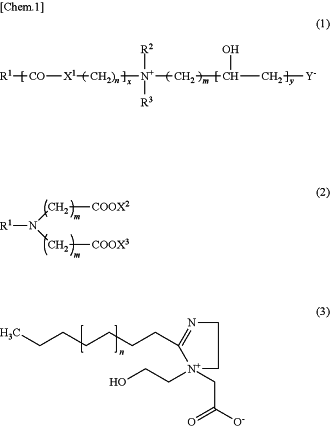| CPC B01J 20/267 (2013.01) [B01J 20/26 (2013.01); B01J 20/28016 (2013.01); B01J 20/30 (2013.01); B01J 20/3021 (2013.01); B01J 20/3085 (2013.01); C08J 3/12 (2013.01); C08J 3/24 (2013.01); C08J 3/245 (2013.01); B01J 2220/68 (2013.01); C08J 2333/02 (2013.01); C08K 5/19 (2013.01)] | 11 Claims |
|
1. A method for producing a water-absorbing agent, the method comprising;
a polymerization step of polymerizing a monomer aqueous solution to obtain a crosslinked hydrogel polymer; and
a drying step of obtaining a particulate dried polymer by drying a particulate crosslinked hydrogel polymer containing a drying aid that is obtained by adding the drying aid to the crosslinked hydrogel polymer after the polymerization step;
the drying step is a material stirring type drying step where adjacent particles are sequentially changed and come into contact with another particle during the stirring type drying step;
the material stirring type drying step is performed by a stirring type drying device,
the stirring type drying device comprising a rotating stirring board and/or a rotating cylinder,
wherein the particulate crosslinked hydrogel polymer is stirred by the rotating stirring board and/or the particulate crosslinked hydrogel polymer is placed in the rotating cylinder and stirred during the material stirring type drying step,
the drying aid is selected from the group consisting of compounds represented by general formulas (1) to (3) below,
 wherein, in formulas (1) and (2), R1 is a saturated alkyl group having 8 to 20 carbon atoms or an alkyl group having a hydroxyl group and having 8 to 20 carbon atoms, and “m” is an integer not less than 1 and not greater than 6,
in formula (1), X1 is NH, NR4 having an alkyl group R4 having 1 to 4 carbon atoms, O, or S, “x” is 0 or 1, R2 and R3 are each independently an alkyl group having 1 to 4 carbon atoms or an alkyl group having a hydroxyl group at an end thereof and having 1 to 4 carbon atoms, “y” is 0 or 1, Y is COO, SO3, OPO(OR5)O, or P(O)(OR5)O, and R5 is a hydrogen atom or an alkyl group having 1 to 4 carbon atoms,
in formula (2), X2 and X3 are each independently a hydrogen atom, an alkali metal, or ammonium (excluding the case where X2 and X3 are each a hydrogen atom), and
in formulas (1) and (3), “n” is an integer not less than 1 and not greater than 6,
an addition amount of the drying aid with respect to a gel solid content of the particulate crosslinked hydrogel polymer is 0.001% by mass to 0.5% by mass, and
surface-crosslinking is performed on water-absorbent resin powder obtained through the drying step.
|